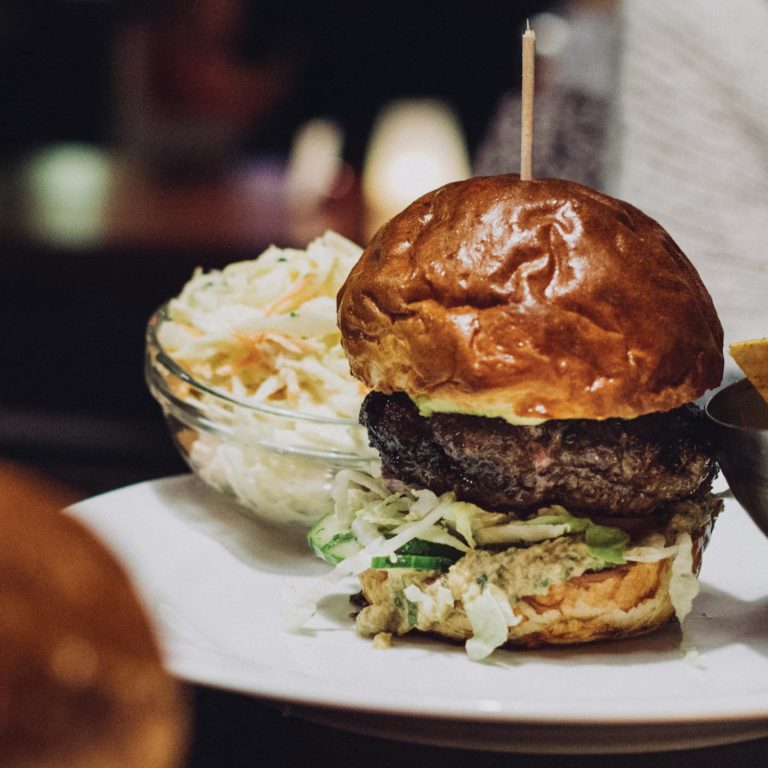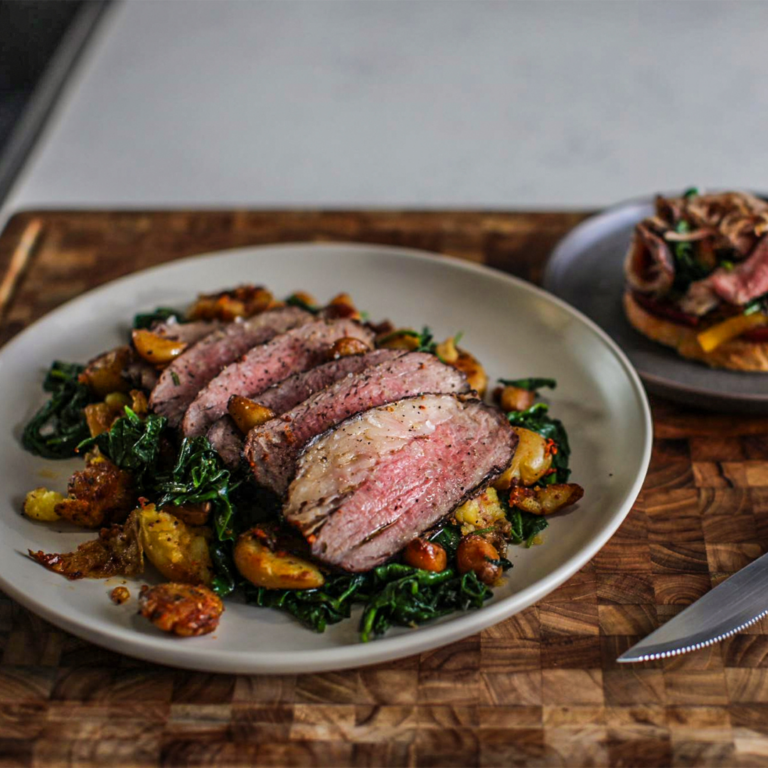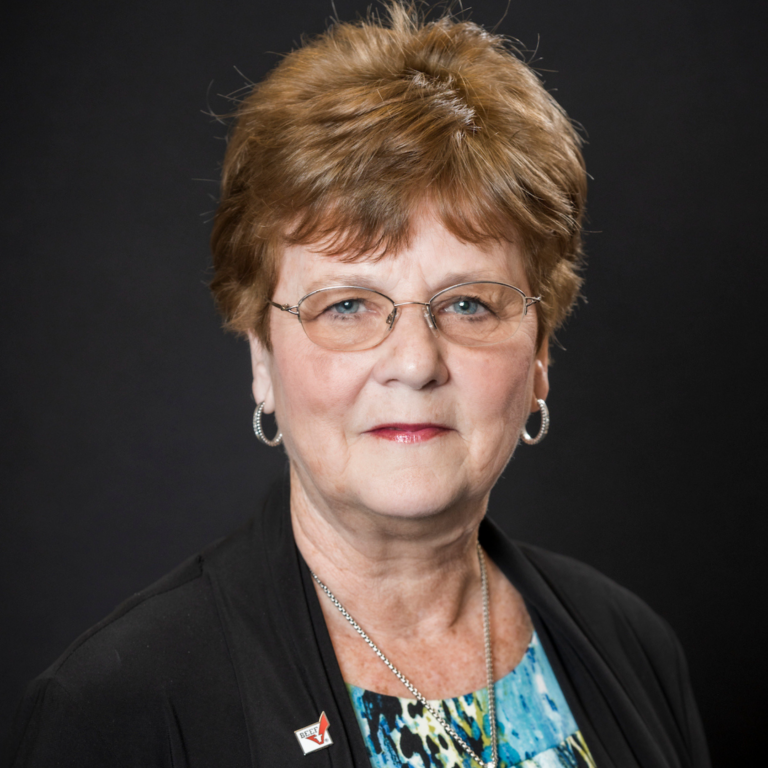
#RethinkTheRanch: Utilizing Technology in Beef Production
In October, the Beef Checkoff launched “Rethink the Ranch,” a campaign that is working to build a strong pasture-to-plate connection between ranchers and consumers and help consumers gain a better understanding of how cattle producers are using advanced technology to benefit their businesses and the environment.
A perfect example of how technology is being used can be found at the Bear Valley Ranch, located near Parkfield, California. The Kester family put down roots and started ranching there 150 years ago in 1867. Back then, no one could have predicted how technology would be used to manage cattle operations.
“Every time there is a new technology, we try to take advantage of it,” says Kevin Kester. “Most recently, we purchased a commercial drone that we use to gather cattle, look at our water troughs and make sure everything is functioning correctly.”
 Kevin says that with over 100 miles of roads on the ranch, the drone saves them a lot time and energy that would be taken up in driving down those roads.
Kevin says that with over 100 miles of roads on the ranch, the drone saves them a lot time and energy that would be taken up in driving down those roads.
“If cattle are in a rugged part of the country where it’s harder to herd them with dogs or on horseback, we can fly the drone over them and get them moving in the direction we want for gathering them,” he says.
Along with drone technology, the Kesters are using solar technology to operate water systems and manage grazing systems.
“We’ve developed a lot of solar technology for our water systems that allows us to pump water up in the higher elevations,” he says. “That helps us manage grazing. It’s also good for the wildlife after the hot summer we had. Not only does technology help us in our business, it’s beneficial for the environment and conservation.”
Brian Medeiros is also using technology to reduce energy costs on the Medeiros and Sons Dairy Farm in Hanford, California.
“We want to be as self-sustaining on power as we can. We put in solar panels this past year and that’s going to take care of eighty percent of our electrical uses,” says Medeiros. “In the future, we’re going to look at other things such as methane digesters and projects that can help us be as self-sustaining as possible without being a burden to anyone else.”
These are the kinds of stories the Beef Checkoff is sharing with consumers on the new “Beef. It’s What’s for Dinner.” website. The site provides consumer-friendly, easy-to-understand information to show how beef producers are being effective stewards of the land and resources.
Check out the redesigned BeefItsWhatsForDinner.com website. Follow #RethinkTheRanch on social media and learn more about the campaign here.
The Beef Checkoff program was established as part of the 1985 Farm Bill. The checkoff assesses $1 per head on the sale of live domestic and imported cattle, in addition to a comparable assessment on imported beef and beef products. States may retain up to 50 cents on the dollar and forward the other 50 cents per head to the Cattlemen’s Beef Promotion and Research Board, which administers the national checkoff program, subject to USDA approval.






























































































